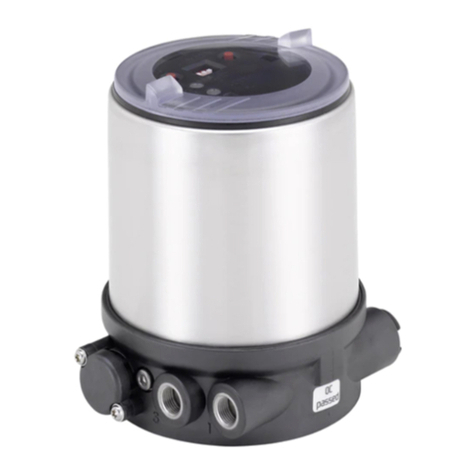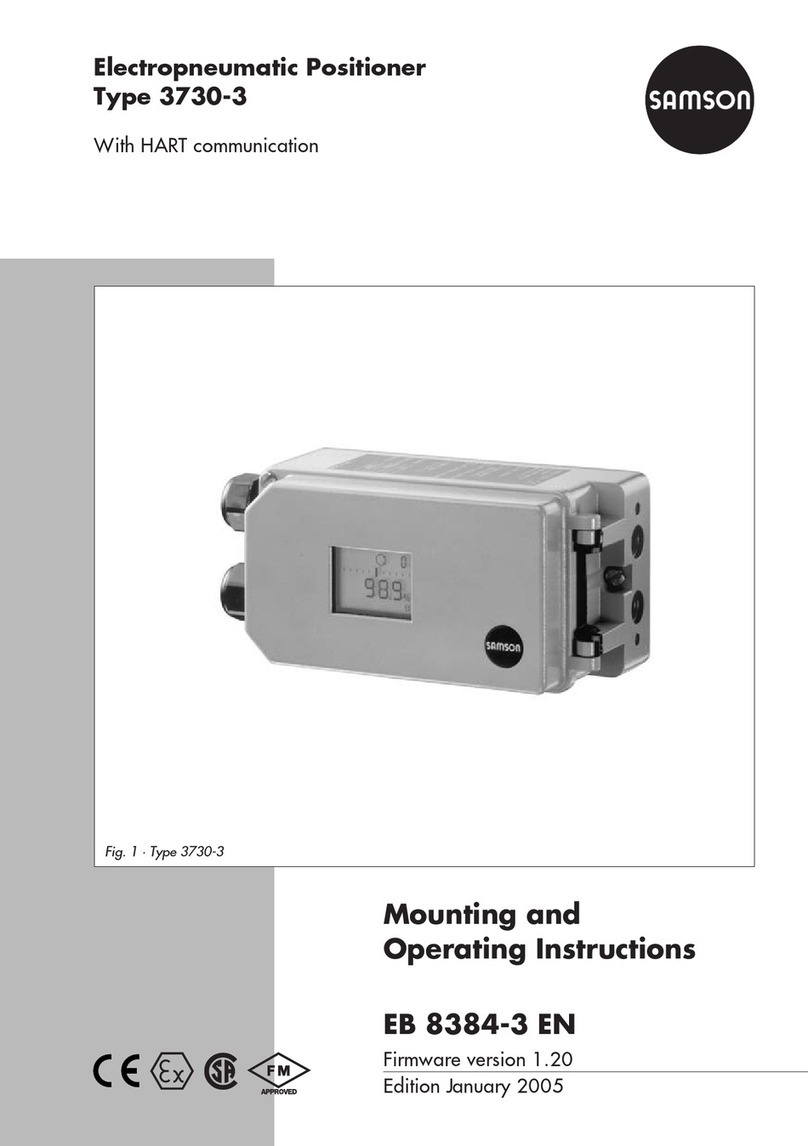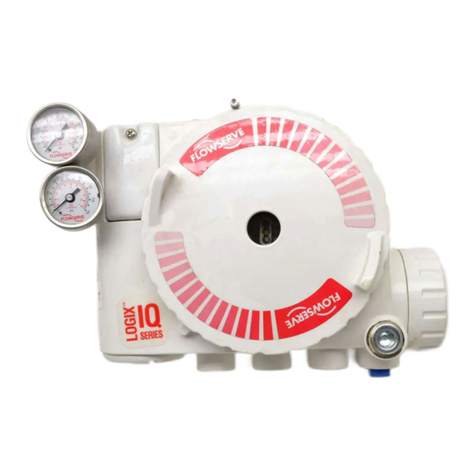
Page 2 of 75
DIGITAL EPIC-2 TECHNICAL MANUAL
InstallatIon and operatIng InstructIons
1 INTRODUCTION
1.1 PRODUCT OVERVIEW
Westlock Controls Digital EPIC-2®is a second
generation ARM®Cortex-M3 microcontroller
based intelligent valve position transmitter with
an advanced diagnostics functions designed
especially for safety valves. The key application
of the DEPIC-2 is on emergency shut-down
valves to monitor the valve position in real-
time and perform diagnostics functions like
Partial-Stroke (PST), Full-Stroke Test (FST)
and Solenoid Operated Valve Test (SOVT) to
ensure valve will move to its fail-safe position in
emergency situation.
The DEPIC-2 is powered through the 9-24 V
analog signal from the control system and
provides 4-20 mA position feedback and digital
HART communication on the same signal to the
control system. The safety function is provided
from the 0-24 V digital signal from the safety
system to DEPIC-2 to de-energize the valve
during an emergency shutdown event.
A step by step guided setup wizard on 64x128
graphic LCD and 3 buttons provides an easy
way to configure, calibrate and operate the
device locally. In addition, the remote HART®
DD or FDT®DTM can be used to configure,
calibrate and perform advanced diagnostics
functions on the device.
Under the hood is a powerful industry
leading low power 32 bit ARM®Cortex-M3
microcontroller with one non-contact Hall
Effect position sensor, two pressure sensors
and one temperature sensor. The low power
operation of the microcontroller keeps the
device operating even at 3.8 mA with HART®
communication during an ESD event.
The DEPIC-2 can be easily mounted using
NAMUR compatible mounting kits on linear
or rotary actuator. The completely sealed and
potted electronics are resistant to dirt and
moisture and expanded temperature range of
-40°C to +85°C enhances the reliability of the
device to work in harsh environments.
The state of the art diagnostic functions like
Emergency Shutdown (ESD), Partial Stroke
Testing (PST), Solenoid Operated Valve Testing
(SOVT) and Full Stroke Testing (FST) lowers the
total cost of ownership by suggesting predictive
maintenance of the device under operation
before it fails and interrupt the process. The
artificial intelligence of the underlying alarm
system points to the root cause of the problem
instead of reporting nuisance alarm.
All packaged and integrated in a single housing,
DEPIC-2 offers a unique solution to tackle the
problems faced by plant operation team.
1.2 PRINCIPLES OF OPERATION
As explained in the product overview section,
the DEPIC-2 is a 4-20 mA position transmitter.
The primary function of the device is to
measure the valve position using the Hall
Effect sensor and provide 4-20 mA current
output as a feedback to the control system.
In addition, it has one temperature sensor to
monitor the temperature of the device and two
pressure sensors to monitor the pressure.
It also monitors the safety demand signal
from the safety system as an input voltage to
solenoid and generates an ESD alarm when the
device is in emergency shut-down mode. As a
secondary function, it offers variety of different
diagnostics tests that can be performed on the
valve/actuator package to detect any potential
failures. These tests include Partial Stroke
Test (PST), Full Stroke Test (FST) and Solenoid
Operated Valve Test (SOVT). The DEPIC-2 uses
the data collected from its position, pressure
and temperature sensors during these tests to
generate an alert for less severe condition and
alarm for any potential dangerous condition.
This is particularly important in safety
applications to detect abnormal operation and
notify the user before it becomes a critical
problem, possibly preventing a valve from
going to its safety position when required. More
details about each diagnostic test can be found
in later sections of the document.



























